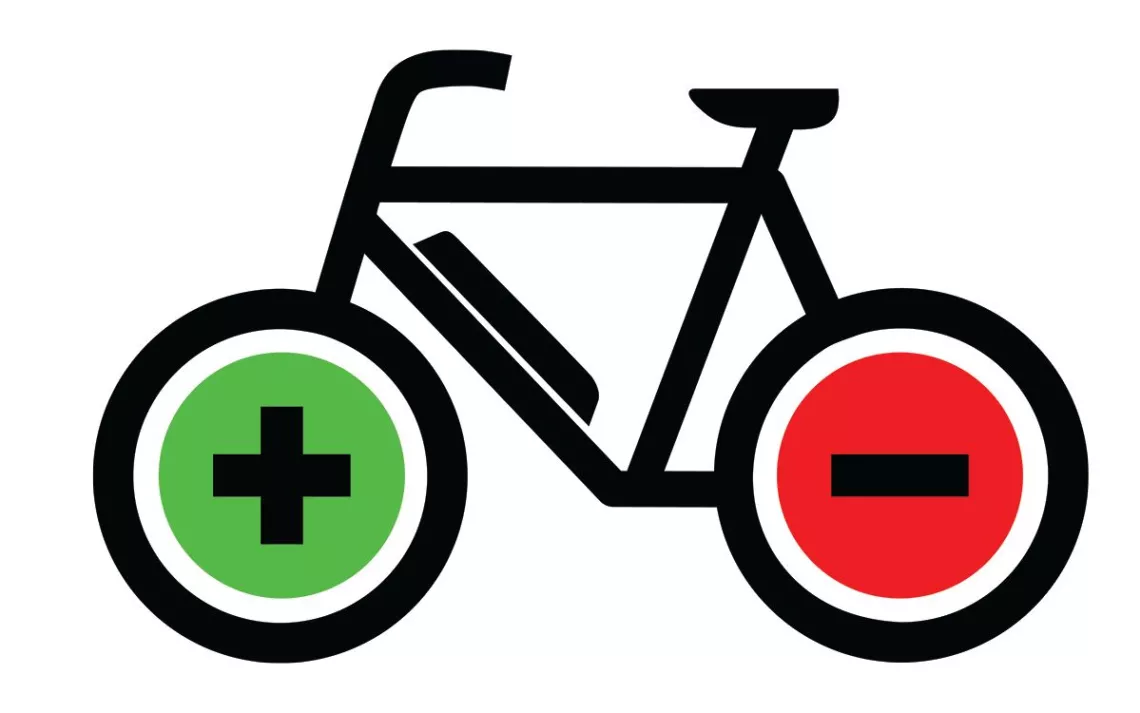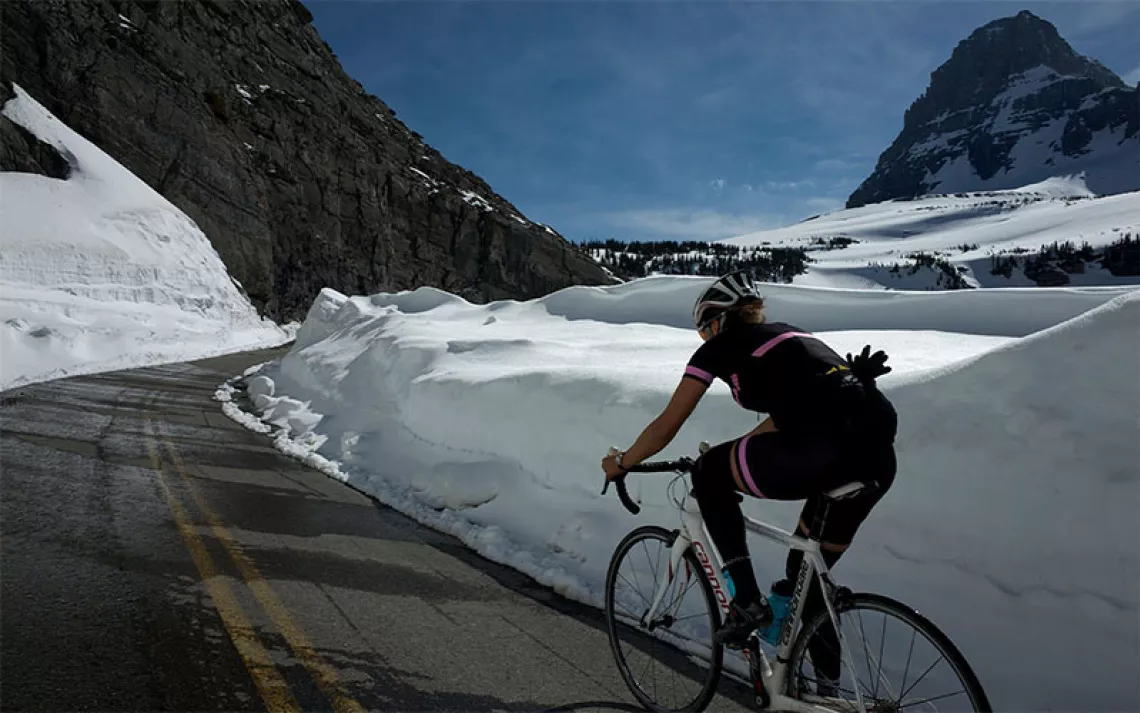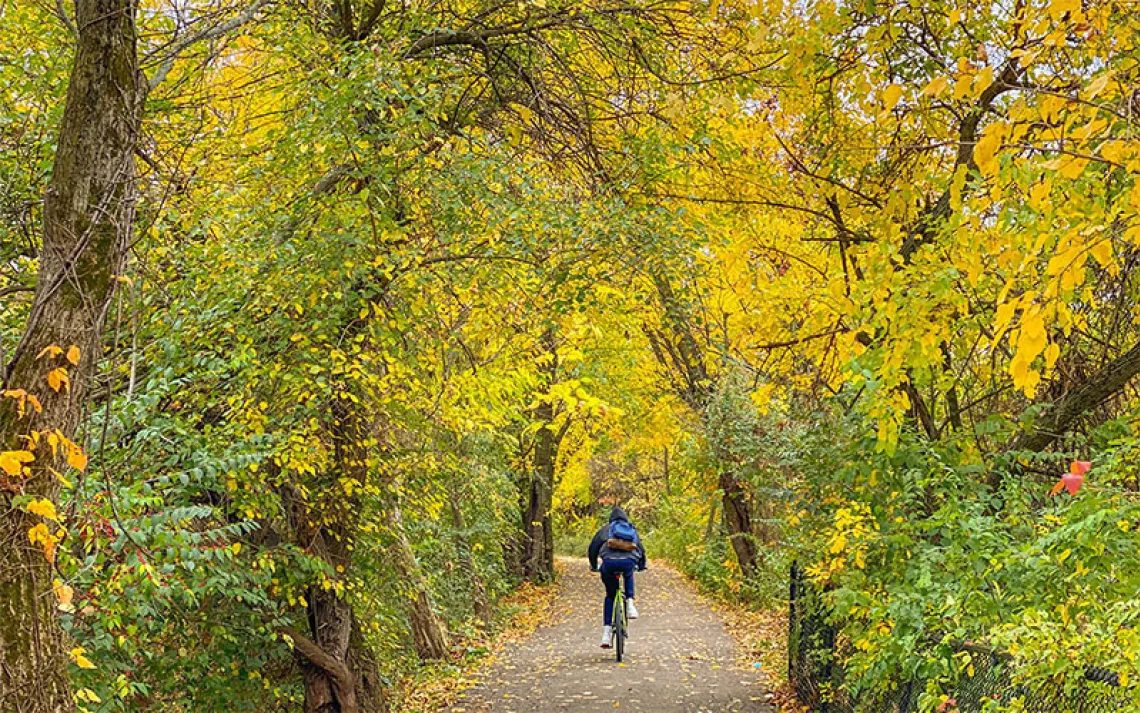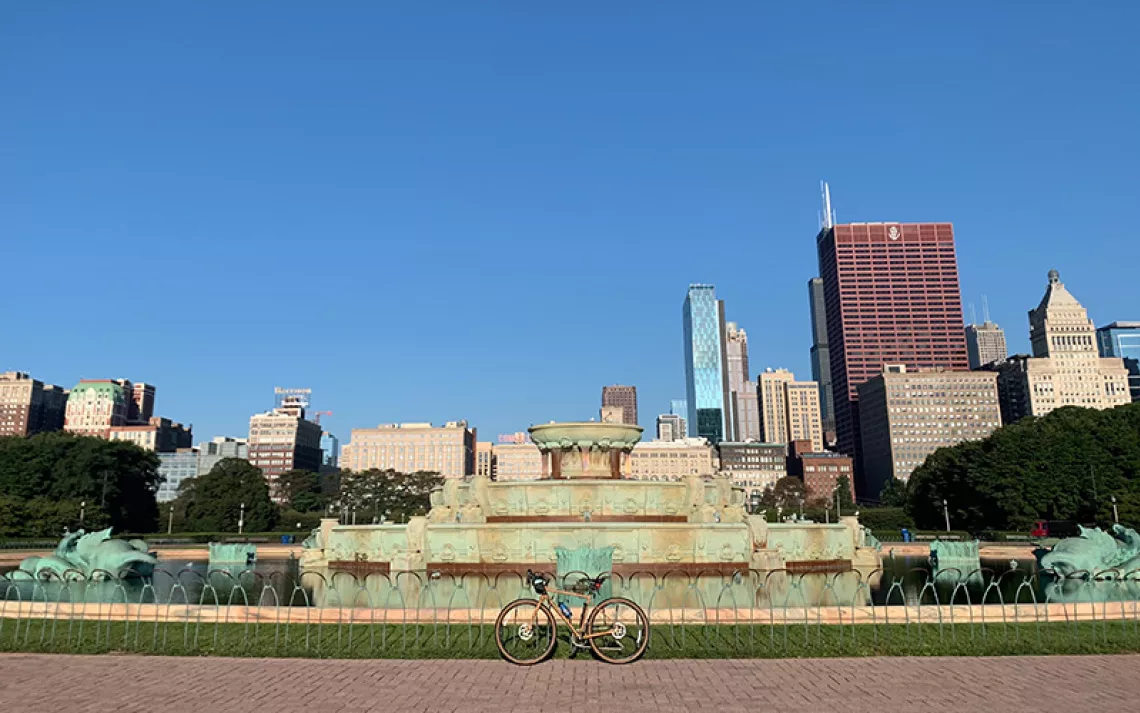E-Bikes in National Parks: They’re Riding a Slippery Slope
Do they just damage trails, disturb wildlife, and endanger hikers?
The opinions expressed here are solely those of the writer and do not necessarily reflect the official position of the Sierra Club.
After you’ve labored to summit a hill on a human-powered bicycle, there’s an ineffable joy in riding the force of gravity down the other side, free and easy. Electric bikes offer a wholly different experience, as e-bikes are typically fossil-fuel-powered machines. (Although they can also be powered by renewable energy.) There is no work required to climb the hill; a battery pack charged by a coal-burning power plant or a natural gas facility does the work for you. That battery-powered motor allows you to race at speeds of up to 20 miles per hour, simply by getting on the e-bike.
E-bikes are all the rage in Donald Trump’s Department of the Interior. Last summer, Interior Secretary David Bernhardt issued a directive to national parks that “simplifies and unifies regulation” of the machines by asking “whether e-bikes should be treated [as] motor vehicles.”
Bernhardt’s answer? No, they aren’t motor vehicles. Therefore, all is well with more e-bikes in the parks. “Use of e-bikes will increase access to recreational opportunities,” states the National Park Service on its website. E-bikers will now be able to access “park roads, paved or hardened trails, areas designated for off-road motor vehicle use, and administrative roads where traditional bikes are allowed.”
No problem, right?
Last December, a coalition of environmental nonprofits charged in a federal lawsuit that e-biking in the national park system does in fact amount to a big problem. According to the suit, the use of e-bikes “creates qualitatively new risks, such as high speeds, increased likelihood of collisions compared to nonmotorized bicycles, and the startling and disturbance of hikers, runners, and horse and traditional bicycle riders.” According to a letter to the USDA Forest Service signed by the various outdoor groups, e-bike use “also causes environmental impacts such as increased noise, trail damage, and disturbance of wildlife.” (Editor's note: E-bikes are typically silent.)
“Motorbikes are motorbikes,” George Nickas, executive director of Wilderness Watch, one of the plaintiffs in the suit, told Sierra. “It makes not a whit of difference whether the motor is powered by electricity or gasoline. E-bikes should only be allowed where other motor vehicles are allowed. The rationales for allowing e-bikes on foot and horse trails aren’t an iota different than those I’ve heard for 40 years about allowing ORVs and ATVs on these same trails.”
In an email, retired NPS ranger Barbara Moritsch wrote, “I say no no no.” Moritsch reasons, “The reality is people ride their bikes everywhere, both on and off trails—rules be damned.”
Crystal Muzik, who has worked for the Park Service as a seasonal ranger for 11 years, added that e-bikes were just “another toy for fat, lazy Americans to fight for their ‘increased access’ to our public lands, when they already have millions of motorized roads and trails.”
Dozens of conservation groups have warned that opening nonmotorized trails to e-bikes would create “an unmanageable slippery slope and threaten future management of all nonmotorized trails and areas on public lands.” As Muzik put it, “Next we might see electric scooters, electric mopeds, or electric motorcycles on our trails.”
The broader issue, as addressed in my Sierra piece on cell towers in the parks (see the July/August 2020 issue’s “Wiring the Wilderness”), is whether the National Park Service is fulfilling its commitment to protect the parks, so as to “leave them unimpaired for the enjoyment of future generations.”
It may be up to the federal courts to untangle whether e-bikes are in fact an impairment of our crown-jewel public lands. “Make no mistake, the Trump administration couldn’t care less about e-bikes per se,” Nickas said. “The administration is just doing anything it can to undermine the conservation measures our country has made over the past 50 years.”
 The Magazine of The Sierra Club
The Magazine of The Sierra Club




